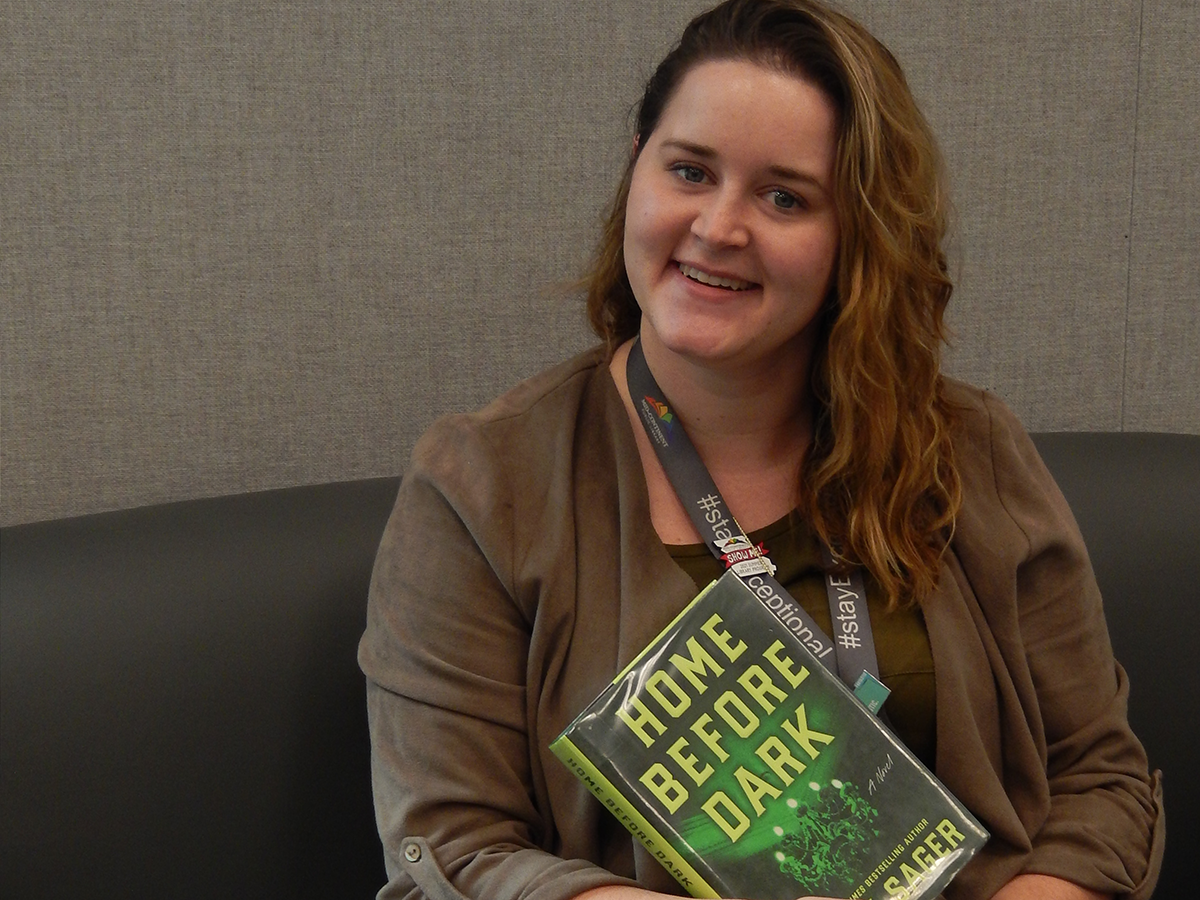
March 9, 2021
Many of you will not be surprised to learn that I was reading The Innovators by Walter Isaacson a few years ago. Reading about the history of technological innovation and the people behind those discoveries, like Bill Gates, Steve Jobs, and Alan Turing, is pretty typical for me. In the past, technology enthusiasts and innovators have typically been presented as boys and men (visualize the cast of Revenge of the Nerds), but challenging this perspective, right on the cover of the book, was an illustration of a Victorian woman. I had to find out more.
The picture on the cover, I soon discovered, was Countess Ada Lovelace. She was the daughter of poet Lord Byron and was an accomplished mathematician. Lovelace became acquainted with Charles Babbage, who created mathematical tabulation machines that are considered to be the first mechanical calculators and computers. We know that hardware without software is not useful. Lovelace is credited by many to have written the first algorithm or “program” for Babbage’s device to calculate Bernoulli numbers.
In the recesses of my memory, I seemed to remember hearing about Ada Lovelace and Charles Babbage some time before. I also wondered, if Babbage built the hardware, and Lovelace wrote the program, why was the computer software store called “Babbage’s” rather than “Lovelace’s”?
I kept reading and ran across a story I had never heard before. I knew how computing technology took significant leaps during World War II and that the outcome for the United States was the ENIAC computer. Once again, men were credited with building the hardware, but who programmed ENIAC and made it useful? Jean Jennings Bartik, a young woman from Gentry County, Missouri, was primarily responsible for the programming of the ENIAC.
Betty Jean, as she was known, went to Northwest Missouri State University and joined the war effort in 1945 to help manually calculate ballistic trajectories. She found her way to the University of Pennsylvania, working with the ENIAC and the UNIVAC computers. Her work to diversify the use of computers, beyond a weapon of war, made them invaluable for commercial purposes and business interests. Some might argue that her work created a peacetime mission for computers that eventually led to computers being part of everyday life.
I was surprised to learn the important roles of these two women in the history of technology, but I shouldn’t have been. Women’s History Month provides a great opportunity to learn more about the important and often under-reported role of women in all fields.
Steven V. Potter
MCPL Director and CEO







